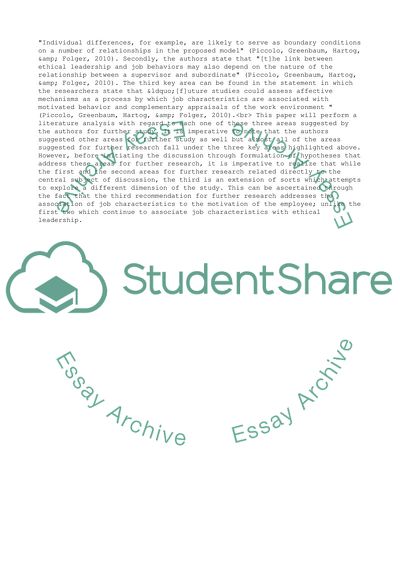Cite this document
(The Relationship between Ethical Leadership and Core Job Research Paper, n.d.)
The Relationship between Ethical Leadership and Core Job Research Paper. Retrieved from https://studentshare.org/management/1738565-the-relationship-between-ethical-leadership-and-core-job-characteristics
The Relationship between Ethical Leadership and Core Job Research Paper. Retrieved from https://studentshare.org/management/1738565-the-relationship-between-ethical-leadership-and-core-job-characteristics
(The Relationship Between Ethical Leadership and Core Job Research Paper)
The Relationship Between Ethical Leadership and Core Job Research Paper. https://studentshare.org/management/1738565-the-relationship-between-ethical-leadership-and-core-job-characteristics.
The Relationship Between Ethical Leadership and Core Job Research Paper. https://studentshare.org/management/1738565-the-relationship-between-ethical-leadership-and-core-job-characteristics.
“The Relationship Between Ethical Leadership and Core Job Research Paper”, n.d. https://studentshare.org/management/1738565-the-relationship-between-ethical-leadership-and-core-job-characteristics.


